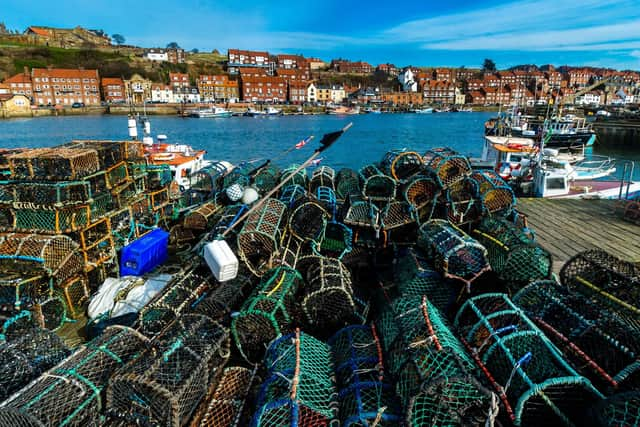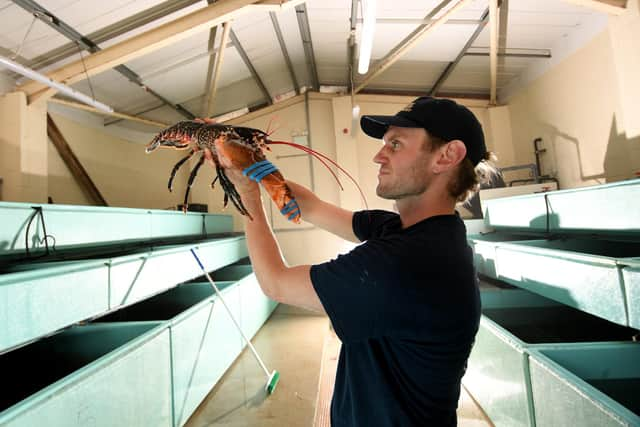Crab and lobster deaths: Mayor vows that no dredged material will be dumped in river or sea
It follows concerns expressed by lobster and crab fishermen on a stretch from Seaton Carew, Durham, to Whitby, who suspect harmful chemicals disturbed by dredging carried out previously in October 2021 was to blame for the deaths of huge numbers of shellfish.
The Government insists the most likely cause was a harmful algal bloom.
Advertisement
Hide AdAdvertisement
Hide AdFishermen say the impact is still continuing to be felt down the stretch of coast, with crab catches in particular still badly impacted.


South Tees Development Corporation stressed that they had never previously carried out dredging. They added: “Any work up to this point (was) carried out by PD Ports as the statutory authority”.
Around 125,000 cubic metres of dredged material removed from the river as part of work on South Bank Quay would be “disposed of safely on land, in line with best practice and our MMO licence”.
Mayor Ben Houchen said they would hold themselves “to the highest standards”, adding: “Let me be clear, not a single gram of dredged material will be disposed of in the river or out to sea.”
Advertisement
Hide AdAdvertisement
Hide AdConservationist Joe Redfern, from Whitby, who has started a legal challenge against Defra, said ground-breaking research at Newcastle University, due to be released soon, looks for the first time at the impact of a chemical called pyridine, which “should change the game”.


Pyridine has been produced as a by-product by industrial activity around the River Tees for more than 100 years, but Mr Redfern said work had not been done to assess its impact on crabs before and preliminary results suggested it was highly toxic to the shellfish.
He said: “It’s a world-first study; the main work was looking experimentally at the impact on crabs of pyridine, and the preliminary results indicate it is highly toxic. They knew it was toxic to humans, but no work has been done on crabs.”
In February, Defra announced that following a “thorough investigation”, it had concluded that shellfish deaths “potentially resulted from a naturally occurring harmful algal bloom”. The same conclusion was reached in a final report in May.
Advertisement
Hide AdAdvertisement
Hide AdHowever this was queried by fisherman because of the cold weather in October to December and the fact that no bloom had been noticed by any water users.
In July Environment Minister Victoria Prentis said while a harmful algal bloom was most likely to blame, they may “never know for sure” what caused the deaths.
Lawyers acting for Mr Redfern said following the threat of legal action the Government had committed to further investigations and the impact of pyridine contamination is now “the subject of a full scientific study by the Centre for Environment, Fisheries and Aquaculture”.
Defra said they were not reopening the investigation but it was part of work to develop a “precise detection method” for pyridine in shellfish “which will be applied to help to further the science in this complex area”.
It said the amount of chemical needed to cause so many deaths would have had to be huge and could not have escaped detection in the extensive sampling carried out at the time.
